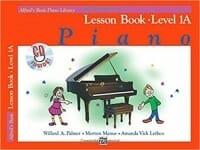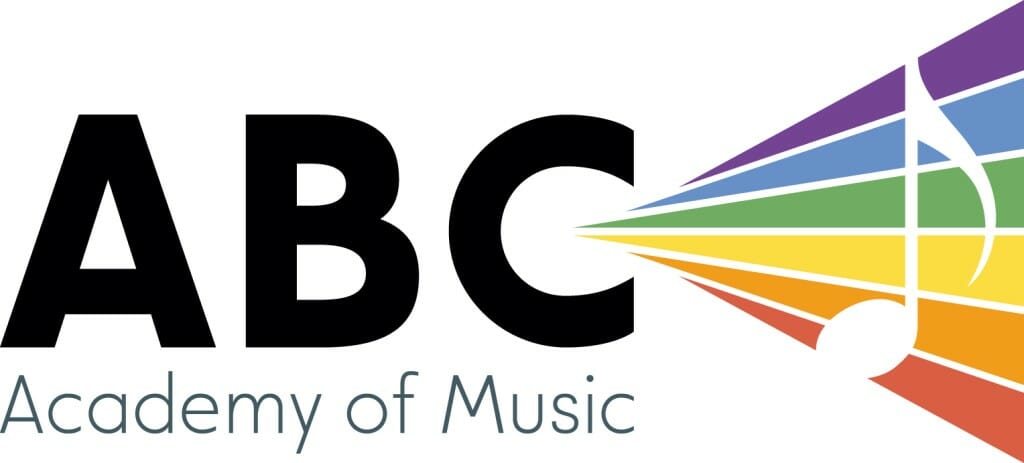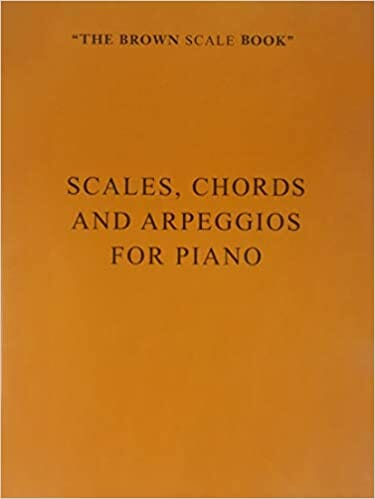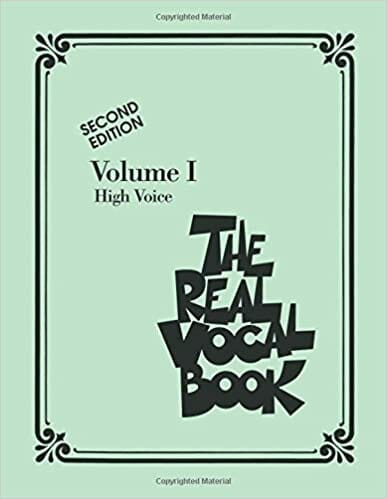B.Mus (Humber) in-progress
Adina is a singer-songwriter based in Toronto completing her Bachelor of Music degree at Humber College in vocal performance. Trained classically in piano since the age of 5, she has branched out into pop and jazz as well.
Vocally she is well-versed in many genres including jazz (she loves to scat!), musical theatre, pop, singer-songwriter, country, R&B, and acappella. She has 7 years of choir experience in both chamber and jazz styles. Adina has been writing and singing original songs since the age of 12, and has two singles as well as an EP out on all platforms under the artist name Adina V.
She has performed all across southern Ontario singing with the Toronto All-Star Big Band, as well as at various venues in the GTA with her own jazz duos and trios. As a member of the Cawthra Park Chamber Choir she performed at Roy Thompson Hall with the TSO for two years in a row. At Humber College she is part of the Vocal Jazz Ensemble led by Lisa Martinelli; this group performs advanced repertoire at events like the Ontario Vocal Jazz Festival.
Adina has been teaching music for the past 7 years and loves helping students meet their personal goals while fostering a love of music that lasts forever!
Get to know Adina…Beyond the Bio!
Hobbies: reading, puzzles, video games, painting
Musical Influences: Ella Fitzgerald, Nancy Wilson, Doris Day, Joni Mitchell, Taylor Swift, John Mayer
Favourite Food: Pad Thai
Least favourite food: eggplant
Favourite music: Indie rock and folk
Favourite song: All I Need by Jacob Collier ft. Mahalia & Ty Dolla $ign
Favourite movie: Matilda
Favourite movie music: The Pirates of the Caribbean theme
Favourite Musical: Dear Evan Hansen or The Last Five Years
Best Quote from your teacher: “It’s an amazing and wonderful experience to be able to be intentional about, in the moment, making music”
Favourite Quote: “Even as we are, we are becoming”
Favourite Book: The Girl With the Dragon Tattoo trilogy – Stieg Larsson
Best thing about teaching at ABC: Sharing and fostering a love of music with students of all ages
Latest Homework from Adina
Is Adina Your Teacher?
Sign up now to get your weekly assignments delivered, and never lose your homework sheet again!
Wednesday, January 20, 2021
Thanks for another great week of classes everyone!
Dvorah
For our 5-finger warmup this week try it in G position! (This means LH finger 5 – pinky – will be on G, and RH finger 1 – thumb – will be on G) instead of the usual C position. Remember to connect as much as possible between the notes.
We have a new book! Today we learned about quarter notes (the ones that are filled in), which get 1 count, and half notes (the ones that are not filled in) which get 2 counts. The song to practice is The I Like Song. Notice that RH and LH fingers 2, 3, and 4 are on the groups of 3 black keys. When reading this piece, play with the written finger numbers, but out loud say the counting (1 or 1-2 depending on the type of note), not the finger numbers.
You still may absolutely practice Frère Jacques and Row, Row.
Marco
This week your theory homework is pages 30-31. An important concept we worked with is using the saying Every Good Boy Deserves Fudge to remember our treble clef (RH) line notes. The notes we play most often are the E and G (first and second lines).
Petit Minuet – This song has a new key signature. 3/4 means that there are three beats per bar, and that quarter notes get one beat. When counting remember to go back to “one” after the barline, and don’t confuse the finger numbers for the counts!
Rodeo – LH has a new note! A is on the top line of the bass staff. We had spoken about the “Cheerfully” tempo marking
at the beginning of the song – once the notes are comfortable see if you can speed this song up.
Oliver
A really great tool for you to use while reading songs is the sayings for bass and treble clefs. For bass clef, we use Good Birds Don’t Fly Away for the lines and All Cows Eat Grass for the spaces. In treble clef Every Good Boy Deserves Fudge is for the lines, and FACE is for the spaces.
Oom-pah-pah – Play this song hands separately this week – LH has the melody and plays the first page all by itself! The little dots below or above the noteheads are called staccatos, and they mean play the note very short (I like to pretend the keys are hot!). Try your best to play the staccatos as you read the melody. Also a reminder that when notes go from space to space or line to line we are skipping.
Linda
For our lesson next week, please have the PDFs of the jazz songs printed out so we can begin working on them.
Foggy Beach – All your notes and counts are solid, we just need to work on making transitions between bars more fluid. What will help with this is going a little slower and looking ahead. The 9/8 bars have a rit. so you can feel out the rest in a similar way to the fermata at the end of the piece – it’s more for dramatic effect than exact counting.
Sherlock Holmes – Try out the finger number changes we penciled in today – it should feel more intuitive, but if you find they’re tripping you up more than the originals after you’ve tried it a few times feel free to just play whatever is most comfortable. Try playing RH by itself and focus on those staccatos! There is a habit of elongating beats 2 and 4 when all four quarter notes should be equally short.
Sneaky Sam – As usual when a song is new you may go hands separately, however in this piece bars 17-20 and 31 to the end make much more sense if the hands play together. This song is in the key of D minor. The way we find this out is by looking at what we call the key signature (in this piece it’s the one Bb at the start of each line). If a key signature has flats, we start on C and move down in 5ths – one jump for each flat. Since Sneaky Sam has only one flat, we go down a 5th from C just once, which brings us to F. Now, this F only accounts for the major key option, but there is always a minor key option as well. To find the relative minor (the minor that shares the same key signature), go down 3 semitones from the F. This brings us to D. Therefore, this song may be in either F major or D minor. This is the point where we play the music and use our ears to determine whether there is more of a pull to a major or minor sound. Another helpful hint is looking at the end note/chord. It will usually be our home key, or our “1”.
Preferred Books for Adina’s Students
Click to buy them here, and they’ll come right to your house! What could be easier?
Alfred's Basic Piano Library Lesson Book 1A

Alfred's Adult Basic All-In-One
Alfred’s Basic Adult All-in-One Course is designed for use with a piano instructor for the beginning student looking for a truly complete piano course. It is a greatly expanded version of Alfred’s Basic Adult Piano Course that will include lesson, theory, and technique in a convenient, “all-in-one” format. This comprehensive course adds such features as isometric hand exercises, finger strengthening drills, and written assignments that reinforce each lesson’s concepts. There is a smooth, logical progression between each lesson, a thorough explanation of chord theory and playing styles, and outstanding extra songs, including folk, classical, and contemporary selections.
The Brown Scale Book
This essential resource includes all major and minor scales, triads, arpeggios, dominant sevenths, and chromatic scales organized by key. A favorite for decades, The Brown Scale Book belongs in every student’s library.
The Real Vocal Book
The Real Vocal Book has many of the selections from Volumes 1 and 2 of the instrumental Real Books, but now with complete lyrics added to the pre-existing melody line. This edition features 300 essential songs arranged for low voice, including: Alfie * All of Me * Autumn Leaves * Bewitched * Bluesette * Don’t Get Around Much Anymore * Fever * Georgia on My Mind * Misty * Moon River * My Funny Valentine * Satin Doll * and more. Looking for a particular song? Check out the Real Book Songfinder here.









